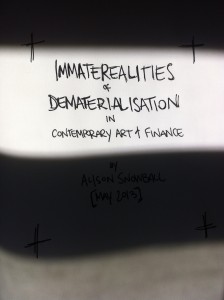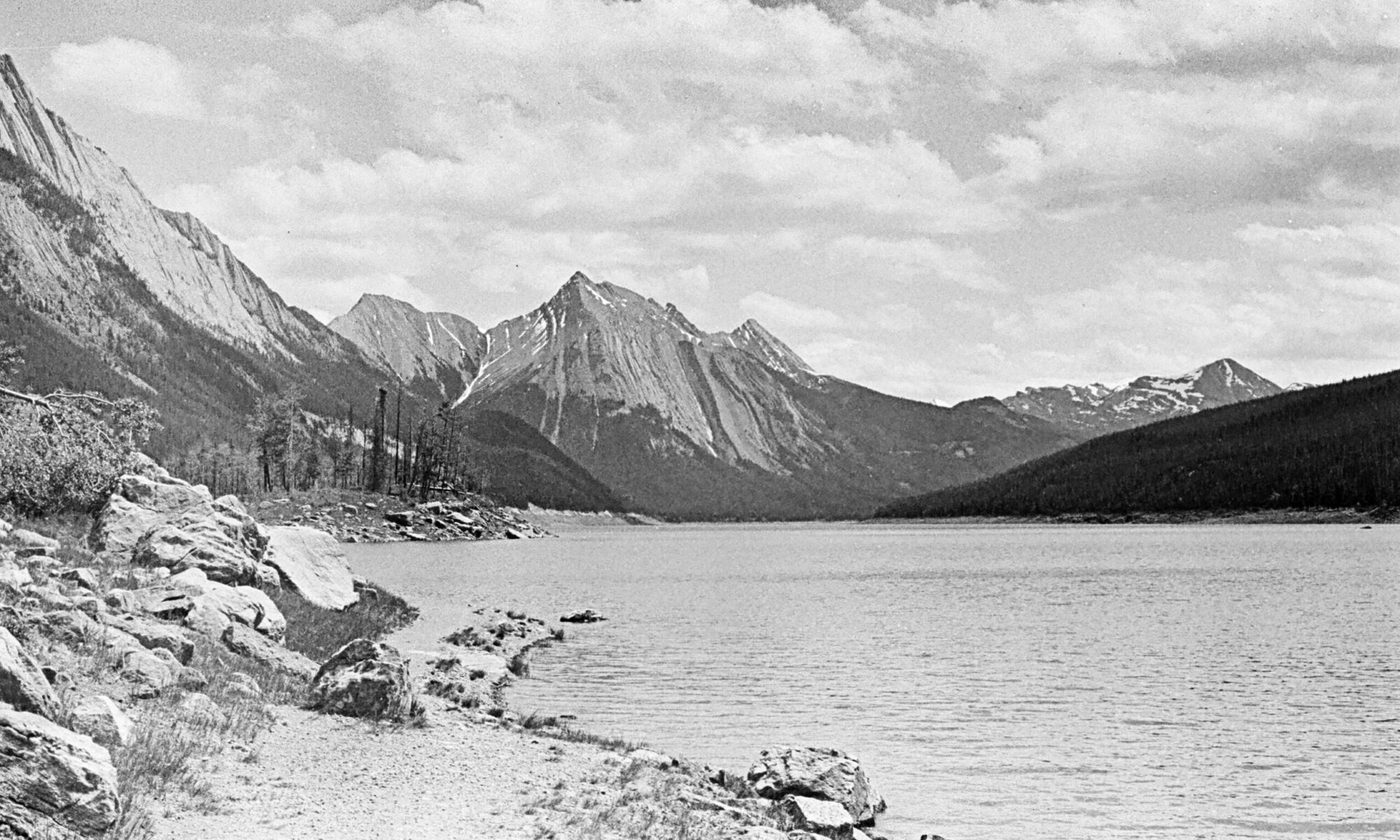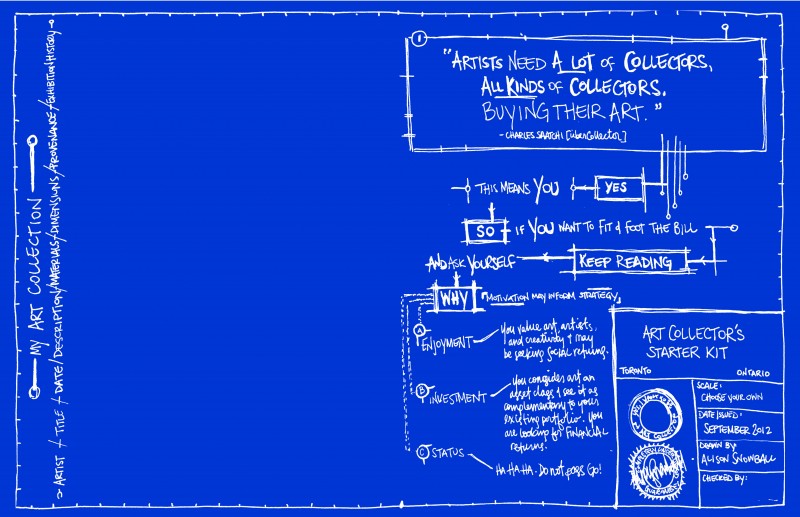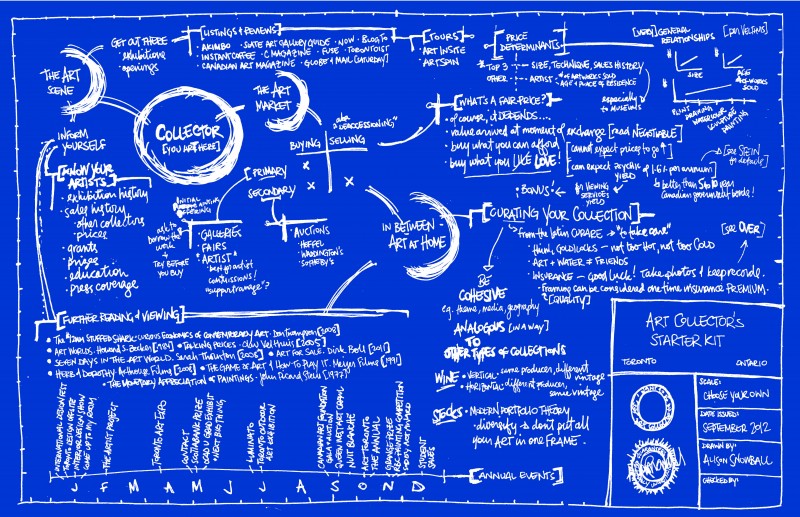 Follow @immaterealities
Follow @immaterealities
The project takes an art history paper entitled, Immaterealities of Dematerialisation in Contemporary Art and Finance that I wrote as partial fulfillment of my M.A. and publishes it over Twitter, one tweet a day from start to finish, call it a “tweethis”.
The paper was not written with Twitter dissemination in mind, so some idiosyncrasies will almost necessarily arise with the sort of force fit of the text into this new frame. No attempt has been made for each tweet to make sense on its own — some will, some won’t. This point underscores the juxtaposition of the significant and the trivial, the meaningful and the superficial of the opposed intentions of “profound” academia versus “shallow” pop media.
The choice to roll the text out with one tweet a day, until 140 character lots are exhausted, could frustrate the impatient. As the writer, though, I see a clear parallel in the timespans of the publishing process to the preceding research and writing phases of the project.
Strict academics will dislike the format for aspects such as zero pages, words cut in half, and endnotes that will only appear towards the very end of the almost year-long project. Strict Twitterers will bemoan a lack of relevance of these posts to daily events. To these objectors, I would argue that once up in its entirety, the paper has a better chance of being accessed than it might cloistered in the ivory cloud of academic journals — perhaps the trumping feature among these other details. And, more to the latter, there is something poetic about all of the nonsense summing to sense.
——
This Tweethis was made possible by the support and shelter of the Pop Culture Lab of Kitchener – my very special thanks to Managing Director, Danielle Deveau for facilitating this inaugural artist residency.
Also – a big thanks to my OCAD U team of Andrea Fatona and Dot Tuer for their indefatigable efforts related to the research, writing, and lest I mention, editing, phases of this project.
——
Abstract of Immaterealities of Dematerialisation in Contemporary Art and Finance
This paper is an in-depth examination of two artworks: Crisis in the Credit System (2008) by Melanie Gilligan and Inventory (2007) by Carey Young. These works are positioned as successful critiques of contemporary speculative capitalism. This criticality stems from the works’ ability to engage the institution of the economy as a network, which itself functions through language. With Crisis in the Credit System, art acts out finance. Gilligan’s film takes the familiar signs and symbols of capitalism as its script, yet with narrative exposes the abstraction of this vocabulary. With Inventory, art acts as finance. Young’s work assigns a value to the artist’s body based on a chemical breakdown of the body’s constituent elements, which then becomes the offer price of the artwork. The artist and the work thereby adopt the role of financial products. Through irony, these two works question processes of signification and meaning in financial capitalism.

![Alison Snowball - ChalkFormCensus Title [300dpi]](http://alisonsnowball.com/wp-content/uploads/2014/01/Snowball-ChalkFormCensus-Title-300dpi-800x597.jpg)
![Productive Limitations [Red & Blue] 2013 [Detail] - Alison Snowball](http://alisonsnowball.com/wp-content/uploads/2013/12/Productive-Limitations-Red-Blue-2013-Detail-Alison-Snowball-150x150.jpg)
![Productive Limitations [Red & Blue] 2013 [Detail 3] - Alison Snowball](http://alisonsnowball.com/wp-content/uploads/2013/12/Productive-Limitations-Red-Blue-2013-Detail-3-Alison-Snowball-150x150.jpg)
![Productive Limitations [Red & Blue] 2013 [Detail 2] - Alison Snowball](http://alisonsnowball.com/wp-content/uploads/2013/12/Productive-Limitations-Red-Blue-2013-Detail-2-Alison-Snowball-150x150.jpg)
![Snowball - Productive Limitations [Red & Blue] 2013 - ::The Annual:: Installation View - Photo by Tom Ridout](http://alisonsnowball.com/wp-content/uploads/2013/12/Snowball-Productive-Limitations-Red-Blue-2013-The-Annual-Installation-View-Photo-by-Tom-Ridout--300x200.jpg)
![Alison Snowball - Peace Process [2013]](http://alisonsnowball.com/wp-content/uploads/2013/12/4.-Snowball-Peace-Process-2013.jpg)


